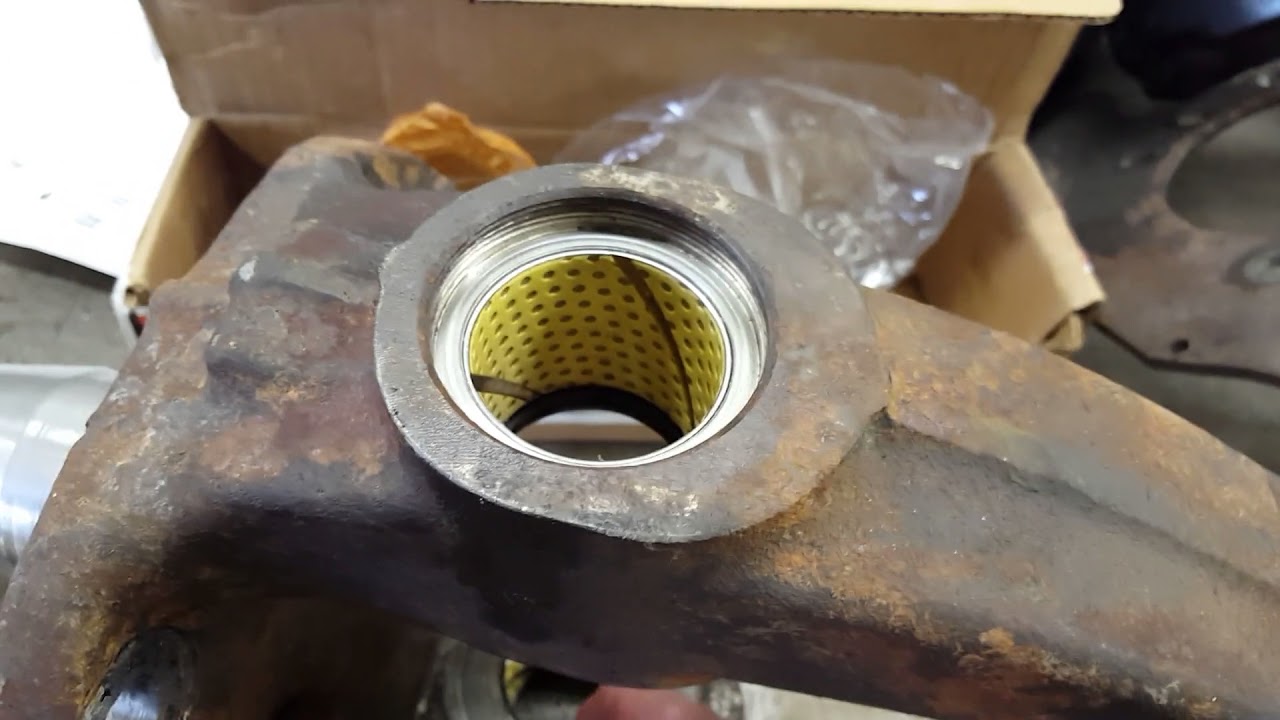Every time we do a service within our bus fleet it always goes on the hoist and is checked thoroughly front to back. The average time for a service varies with which interval we’re doing from a 5,000 to a 15,000 kilometer service. The hoist gives us a chance to check the wheels, bearings, brakes and steering for wear. The video covers the front end steering axle requiring machining on the kingpin bore. There is no room for wear between the king pin and axle bore so steel bushings had to be installed to bring the diameter up to specifications.
We used a 5 foot bar to check the kingpin side play because of the weight of the tire, wheel and brake components. The wheel bearings don’t require as much force and just requires a push and pull action at the top of the tire. There are no exceptions when it comes to steering on a school bus. If it’s a borderline issue we go ahead and do what it takes to repair it. If there is even minimal wear on the steering axle bore it multiplies by the time it gets to the side play on the wheel.
When we put the steering knuckle and spindle assemblies back on they will have to be shimmed between the radial bearing and upper pivot point. The spindle has to swing left to right with a slight drag and there needs to be a small allowance of play for grease to squeeze out of the top and bottom bushings. This repair will be the last one for this bus since it’s already 13 years old. Our pusher buses usually run in the fleet for 15 years or 425,000 km what ever comes first.
The conventional buses are in for 12 years or 350,000 km. The is the government criteria for school bus fleets. The exception to the rule is when excessive rust or an accident write off occurs. The brake drums are costly for these buses compared to the conventional units. I’m talking 3 to 4 times more expensive. Our fleet manager has decided to stick to conventional buses from now on because of the difference in the cost of repair. It’s all about the budget and that’s understandable.
The only 2 pushers that will be replaced with the same are the sports run buses that go all over the province on field trips. Pusher buses are more comfortable to ride in with it’s larger body and easy going suspension. This type of repair with the steering axle doesn’t happen often and it’s not a big surprise after 13 years of service in the fleet. We don’t even consider changing our protocol with 2 years left until it’s retirement or saving money because it may become a spare bus next year. The fleet gets repaired properly no matter what the age or status.







